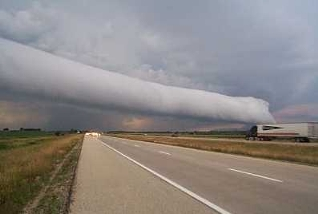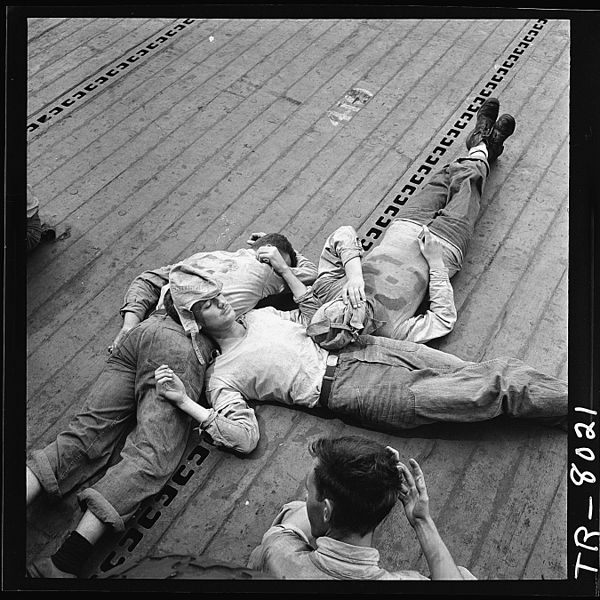Over the last few months in the United States, we have been rather appalled, and most of us embarrassed, by the shoddy performance of our congress in dealing with real issues, and yes, in their failure to do their jobs. I had the opportunity over these months to take three trips. The first was to Washington, DC – the helpless Capital of us all – the true belly of the beast as it were. The second, was to New York City – Capital of the Blue Zone – and the third to Houston, Texas – Capital of the Red Zone. In both cases, I was struck and really moved in the end by the hardworking immigrants to America, who are trying to build a future for their children here. You just need to speak with them. I had a long conversation with a New York City taxi driver, originally from Cuba, who told me about his children, who were going after advanced degrees in college, and about how he was working to build their futures. I came away from all of this pretty optimistic. We will be OK in the end, because, as it always has been, the future of the United States lies with its immigrants.
On a typical day at my job, I work with Indians, Iranians, Russians, Ukrainians, Poles, Romanians, Hungarians, Chinese and Iranians. We are the United Nations! I am, in fact, a little concerned that I might insult some valued colleague by omitting them from this list. This kind of diversity is one of the great benefits of being a scientist.
But there is a very special class of immigrants – the refugees, the people who came here fleeing persecution, indeed often fleeing imminent death. So imagine this – imagine that you are a refugee and you have just crossed over, just arrived in America. You stand at the limina, the threshold of passage from an old to a new world. What do you feel? Is it terror, relief, elation, ambiguity? Every one of these refuges has been at that point and felt those feelings. I remember a friend in college who told me about her family’s escape from Ceausescu’s Romania. Her father had been imprisoned and tortured. Their escape was via Italy to the United States. I have never forgotten her story. I can still hear her soft quiet voice as I write about her. And there were other friends as well: one who told the harrowing story of her narrow escape from Idi Amin’s Uganda, fearing rape and murder; and another from a friend whose mother carried him on her back across a river to freedom. These are the refugees and their stories are unique and personal.
So I’d like to draw your attention to Kerri MacDonald’s blog in the New York Times on November 12, 2013 entitled “Checking In to a New Life in America.” This blog and a new exhibit at the Bronx Documentary Center features photographs from Gabriele Stabile’s book “Refugee Hotel.” There is also a book “Refugee Hotel, Voice of Witness,” by Juliet Linderman and Stabile. Mr. Stabile gained access through the International Organization for Migration and documented over several years the “first night” that many refugees to America spent in the United States.
There are many touching stories here. One is a 2009 photograph of Somali refugees who spent the night in the hotel hallway for fear they would be left behind on their trip to resettlement. Then there is the image of Karen refugees being introduced to modern hotel plumbing. You don’t see their faces, but true to great photography you can read their expressions, feel their wonderment. Another great example is Stabile photograph of a refugee brother and sister asleep and locked in an embrace – holding on to beloved familiarity, to the very bonds of place and sanity for dear life. I usually only give at most three examples. But I am totally haunted by the face of a little Bhutanese girl in Los Angeles from 2008 that tells the entire story. This image says everything.
There is a dark graininess to Stabile’s images that creates a certain grittiness. Like the subjects, your eyes are strained by the darkness, trying to adjust, and looking for brightness. The mood is totally captured. And I think most clearly the total exhaustion of these people on their first night is vividly portrayed. It is as if, indeed it has to be, all of their strength has been required to bring themselves to the limina, to the threshold of a new world.



